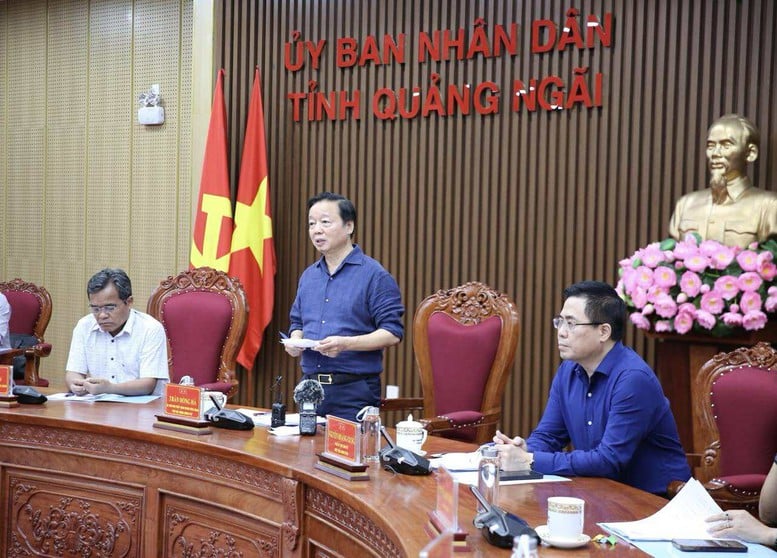
Deputy Prime Minister Tran Hong Ha works with leaders of Quang Ngai province on response and overcoming the consequences of serious floods in the area in recent days - Photo: VGP/Minh Khoi
Proactively deploy '4 on-site' measures
Deputy Prime Minister and Chairman of Quang Ngai Provincial People's Committee Dang Hoang Giang reported that flood water levels on major rivers in recent days have been very high, equivalent to the flood peaks in 1999 and 2009. Flood water has inundated some central areas of the city and district capitals, causing local isolation in many residential areas.
In mountainous areas, especially Son Tay commune, landslides are complicated because the soil is "saturated" after many days of rain, and this is an area with weak soil, landslides often occur every year.
According to initial statistics, the floods have inundated over 5,200 houses, completely collapsed 4 houses, damaged 40 houses, about 2,500 meters of roads, and 19 structures were eroded; many canals and domestic water works were also damaged.
Lieutenant Colonel Huynh Kim Hai, Deputy Commander of the Quang Ngai Provincial Military Command, said that the military forces maintained 100% of their duty, organizing patrols at flooded areas to prevent people from passing through, ensuring safety of life and limiting damage to crops.
The military forces coordinated with local authorities to propagate and mobilize people, especially the elderly and lonely people, to go to the identified storm shelters. The Provincial Military Command mobilized more than 5,703 officers and soldiers to participate in the on-duty. When the water receded, over 200 officers and soldiers participated in overcoming the consequences, concentrating in Binh Minh, Binh Duong and Binh Chau communes, prioritizing medical stations and schools to soon stabilize people's lives.
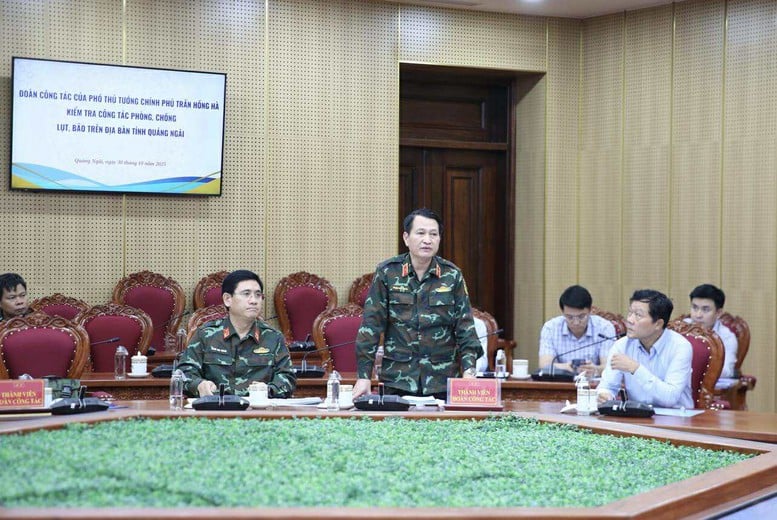
Lieutenant Colonel Huynh Kim Hai, Deputy Commander of the Quang Ngai Provincial Military Command, said that the military forces maintained 100% of their duty, organized to be on duty at flooded areas to prevent people from passing through, ensuring safety of life and limiting damage to crops - Photo: VGP/Minh Khoi
Deputy Prime Minister Tran Hong Ha requested Quang Ngai province to focus on reviewing and re-evaluating the entire response plan, specifically identifying which areas, who is responsible for directing and operating; how forces, vehicles, logistics, medical care, electricity, water and food are arranged in each situation. The plans must be specific to each location, each force and each person, to avoid confusion when an incident occurs. From there, experience will be drawn and the plans will be gradually standardized so that when a situation occurs, the forces can deploy promptly and effectively.
Regarding the work of overcoming landslides on national highways, Director of the Department of Construction of Quang Ngai Nguyen Phuc Nhan said that there are nearly 200 landslides in the province, while maintenance and mechanical means are limited, so the work is facing many difficulties. Up to now, about 83-84% of the routes have been initially cleared; 3 routes with 13 landslides are still being handled. The Department of Construction is mobilizing forces and equipment, striving to create a "clearance lane" for initial traffic tomorrow, but there are still potential risks due to geology and slope landslides.
Quang Ngai is concentrating resources and forces to overcome some serious landslides on Provincial Road 623, causing the separation and isolation of part of Son Tay commune; and to open inter-village roads due to a landslide on a large hill in Ngoc Linh that is isolating 5 villages.
The Deputy Prime Minister noted that some landslides are at risk of continuing to develop in a complicated manner, so it is necessary to carefully survey the terrain, geology, slope, soil structure, and calculate appropriate construction solutions such as planting vegetation, concreting the slope, arranging drainage systems and structures to hold the slope. These solutions aim to ensure long-term safety, instead of just temporarily handling the situation to clear the route in the short term.
Quang Ngai province's leaders also acknowledged that the coordination of reserve forces and military support for some urgent areas was not timely, and said that they had learned from experience. Quang Ngai province proposed that the Central Government support food and necessities to help people in affected areas and clean up the environment after the water receded, including: 5,000 tons of rice, 10,000 cartons of instant noodles, 2 tons of dry food, 100 medical kits, 5,000 kg of Cloramin B; at the same time, proposed to review and classify landslide sites, identify priority points for treatment, combine temporary construction to clear the route and prepare long-term embankment and anti-erosion projects.
The Deputy Prime Minister said that natural conditions have changed, requiring a more proactive and long-term approach in responding to extreme natural disasters; focusing on two directions: Increasing the resilience of infrastructure, especially mountainous transport and irrigation; and at the same time building adaptive models, ensuring people maintain safe living conditions even in flood conditions.
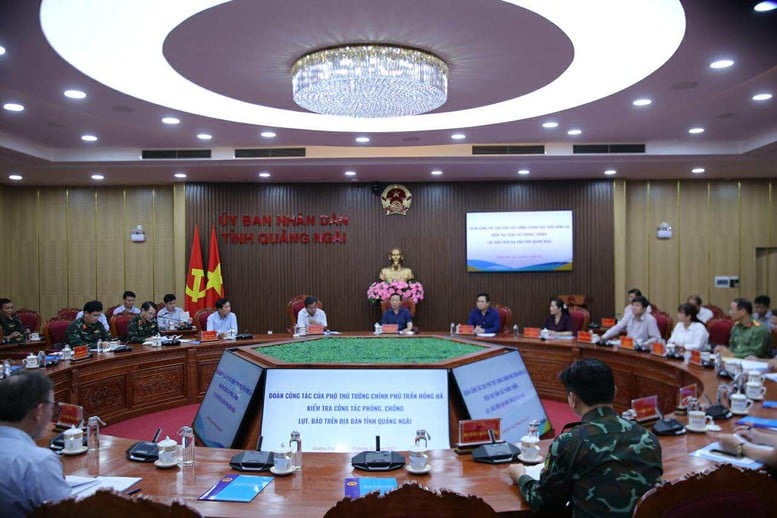
The Deputy Prime Minister emphasized that this historic natural disaster is a “test” to review the overall way of managing natural disaster risks. “We have to live with natural disasters but we have to be proactive, have science, have tools, and have scenarios to proactively and sustainably cope” - Photo: VGP/Minh Khoi
On behalf of the Party and State leaders, the Deputy Prime Minister expressed his deep sympathy for the severe damage caused by heavy rains, flash floods and landslides on a large scale, affecting from mountainous areas to plains and coastal areas. “The amount of rain this time exceeds historical data in Vietnam. This is an extreme phenomenon, unprecedented in many years,” said the Deputy Prime Minister.
The Deputy Prime Minister highly appreciated the province's initiative in implementing the "4 on-the-spot" measures, especially the core role of the military and police forces in rescue, relief and support for people. "When natural disasters occur, the military and police are always the forces closest to the people, entering the battle first. Assigning tasks to the right forces is very important. The province's recent assignment is correct and demonstrates unity and synchronization in direction," the Deputy Prime Minister emphasized.
However, the Deputy Prime Minister emphasized that this historic natural disaster is a “test” to review the overall way of managing natural disaster risks. “We have to live with natural disasters but we have to be proactive, have science, have tools, and have scenarios to proactively and sustainably cope.”
The Deputy Prime Minister requested Quang Ngai province to coordinate with the Ministry of Agriculture and Environment, and central agencies, to urgently develop a map of flood, landslide, and geological disaster zones in the entire area; classify natural disasters by region (mountainous - riverside - coastal); develop disaster response scenarios according to the process, clearly defining what to do first and what to do immediately when a natural disaster occurs.
The Deputy Prime Minister gave an example: “4 on-the-spot” is not just a slogan. In areas that are often flooded, there must be light rubber boats. People must have survival bags for 3-4 days. When capacity exceeds, we must know when to mobilize the army and when to mobilize special forces. “We must know the people, the forces, the equipment and the support mechanism.”
The Deputy Prime Minister emphasized that the grassroots level is the place that "bears the brunt" in responding to natural disasters. "The commune level is the place that directly deals with the people. If the commune level does not have a firm grasp of the plan, does not know who to call, who to coordinate with, then even though the instructions from above will not reach real life." Therefore, the capacity of commune-level officials needs to be reviewed and trained before the flood season, and specific scenario guidance for each situation is provided.
Regarding the immediate tasks, the Deputy Prime Minister requested Quang Ngai province to review all landslide and deep flooding points; focus on repairing essential works such as schools and hospitals; clearly identify "four on-site" forces and means, and equip them appropriately for each region (rubber boats, survival bags, etc.); assess the resilience of transport infrastructure, energy, telecommunications, irrigation systems and sea dykes; and promptly propose support from the Central Government.
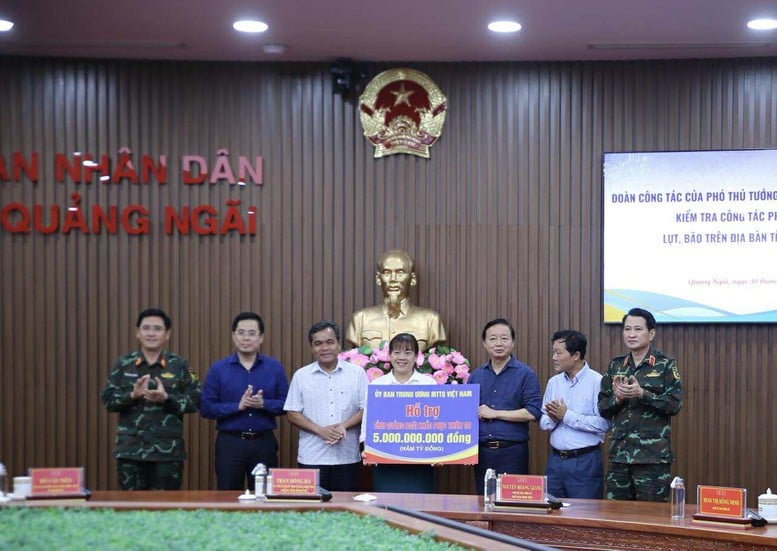
Deputy Prime Minister Tran Hong Ha presented VND5 billion donated by people and businesses to support people affected by floods in Quang Ngai province - Photo: VGP/Minh Khoi
In the long term, the Deputy Prime Minister suggested developing a plan to relocate people out of areas at risk of landslides and recurring floods; adjusting residential planning and construction standards according to terrain and geology; and comprehensively assessing the impact of hydroelectric and irrigation reservoir systems on downstream areas. "Without geological hazard maps and flood maps, it is impossible to design proper infrastructure, arrange residents properly, and develop proper response plans."
The Deputy Prime Minister also requested the province to conduct a comprehensive review of all traffic routes affected by the recent floods, from inter-village and inter-district roads to inter-regional connecting routes. For mountainous roads, steep passes and areas at risk of geological landslides, the Deputy Prime Minister noted that the design of the route must take into account geology, topography and geomorphology. If not handled thoroughly, just one heavy rain can cause an entire mountainside to collapse.
The Deputy Prime Minister emphasized that when it is not possible to change the route, it is necessary to study appropriate engineering solutions; pay close attention to the conflict between traffic planning and drainage. "In many places, traffic planning is not integrated with flood drainage goals, leading to water congestion and landslides. This is an issue that must be clearly identified and adjusted immediately."
“This year’s floods may have exceeded historical levels in some areas. Therefore, all planning, infrastructure design, and response plans need to take this level as a new standard, especially in the design of public works, especially hospitals and schools, which must be designed higher than this level, absolutely not allowing flooding.”
The Deputy Prime Minister affirmed that the Government, ministries and central branches will closely accompany Quang Ngai in overcoming consequences and preparing long-term solutions.
At the meeting, Deputy Prime Minister Tran Hong Ha presented VND5 billion contributed by people and businesses to support people affected by floods in Quang Ngai province, through the Central Committee of the Vietnam Fatherland Front.
Minh Khoi
Source: https://baochinhphu.vn/tiep-can-chu-dong-va-dai-han-trong-ung-pho-voi-thien-tai-cuc-doan-102251030212520659.htm


![[Photo] National Assembly Chairman Tran Thanh Man receives foreign ambassadors who came to say goodbye](https://vphoto.vietnam.vn/thumb/1200x675/vietnam/resource/IMAGE/2025/10/30/1761820977744_ndo_br_1-jpg.webp)
![[Photo] General Secretary To Lam meets former British Prime Minister Tony Blair](https://vphoto.vietnam.vn/thumb/1200x675/vietnam/resource/IMAGE/2025/10/30/1761821573624_tbt-tl1-jpg.webp)
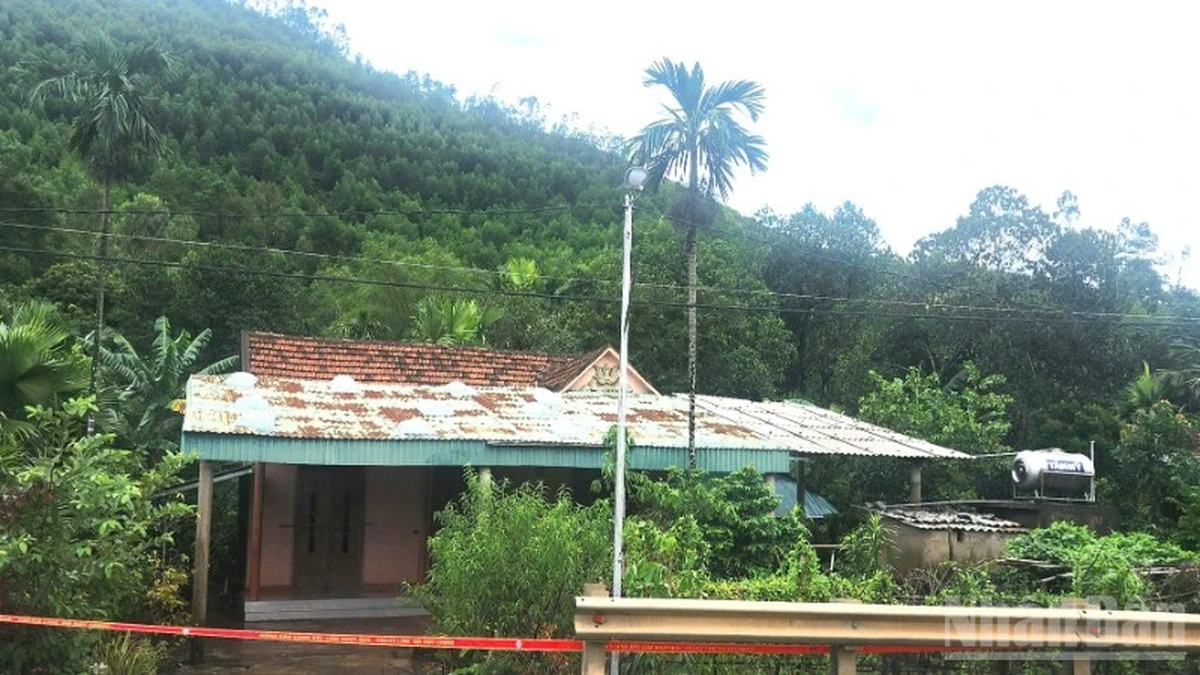
![[Photo] Touching scene of thousands of people saving the embankment from the raging water](https://vphoto.vietnam.vn/thumb/1200x675/vietnam/resource/IMAGE/2025/10/30/1761825173837_ndo_br_ho-de-3-jpg.webp)
![[Photo] General Secretary To Lam attends the Vietnam-UK High-Level Economic Conference](https://vphoto.vietnam.vn/thumb/1200x675/vietnam/resource/IMAGE/2025/10/30/1761825773922_anh-1-3371-jpg.webp)
![[Photo] The Third Patriotic Emulation Congress of the Central Internal Affairs Commission](https://vphoto.vietnam.vn/thumb/1200x675/vietnam/resource/IMAGE/2025/10/30/1761831176178_dh-thi-dua-yeu-nuoc-5076-2710-jpg.webp)
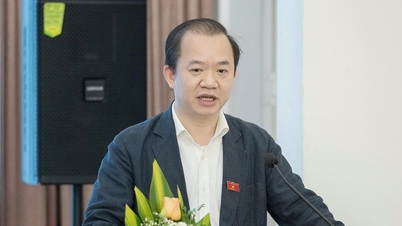





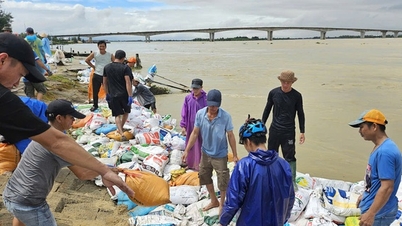








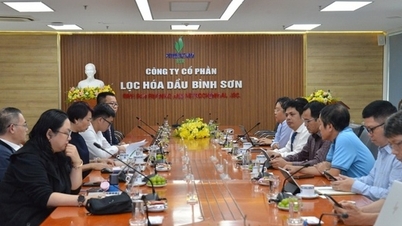
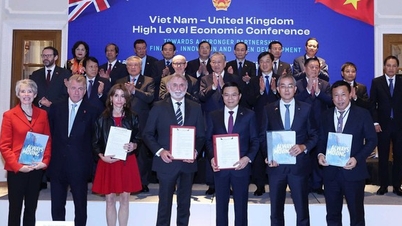
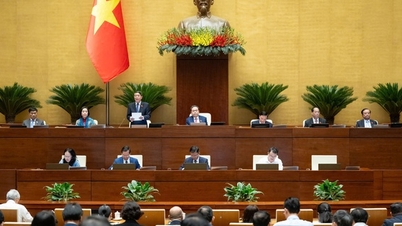
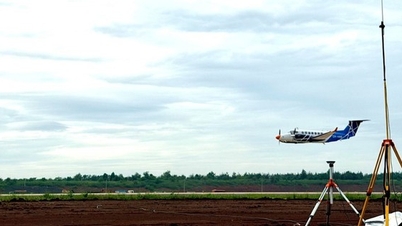






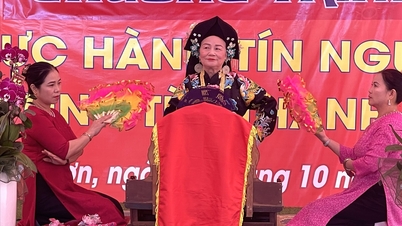
















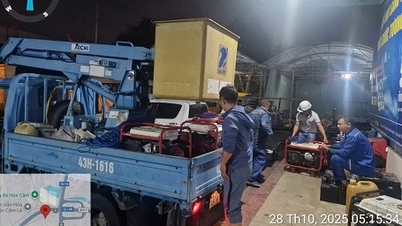



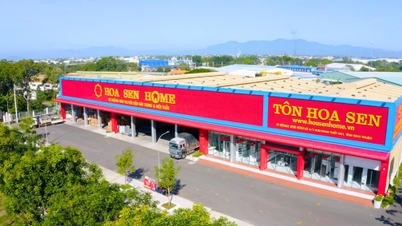


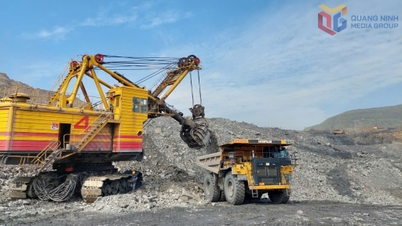







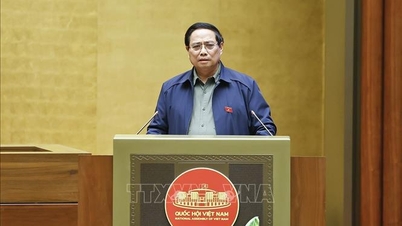







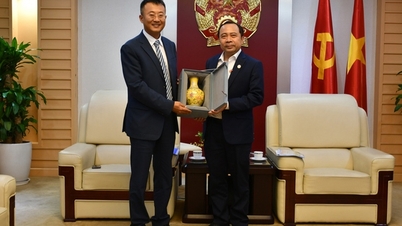


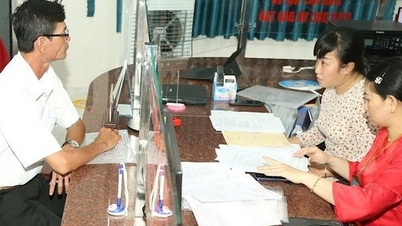
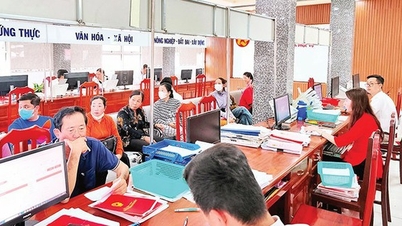


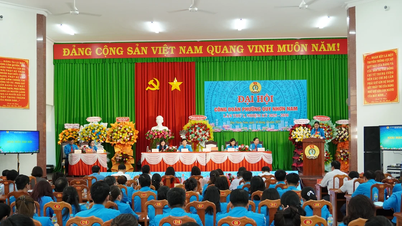
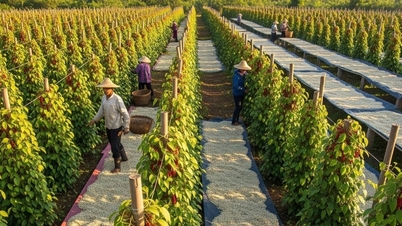

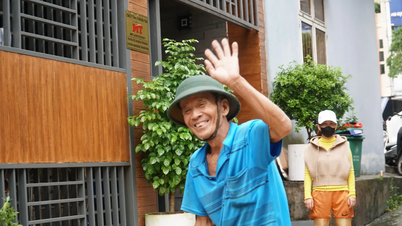
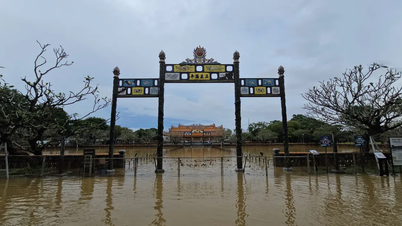













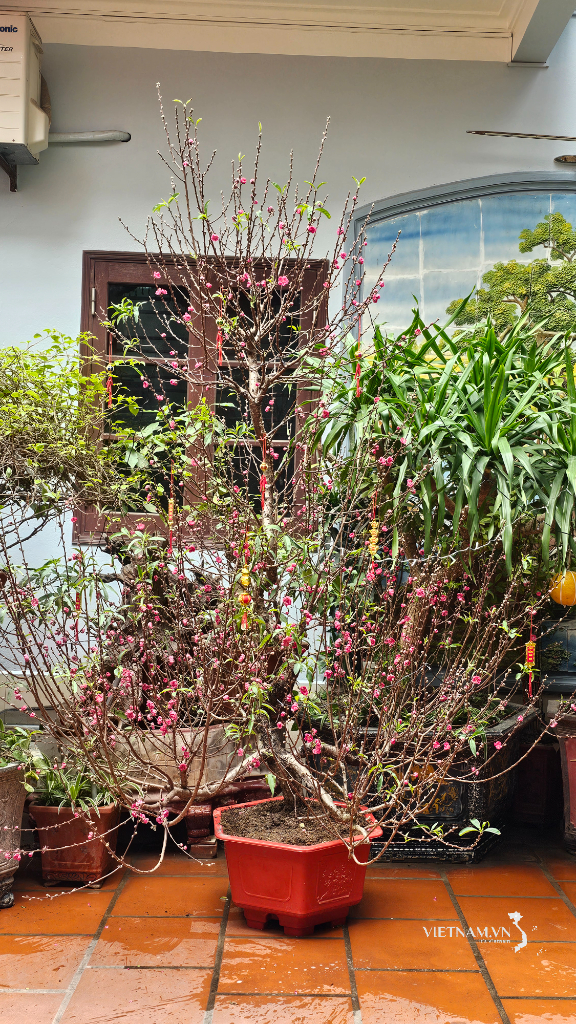


Comment (0)